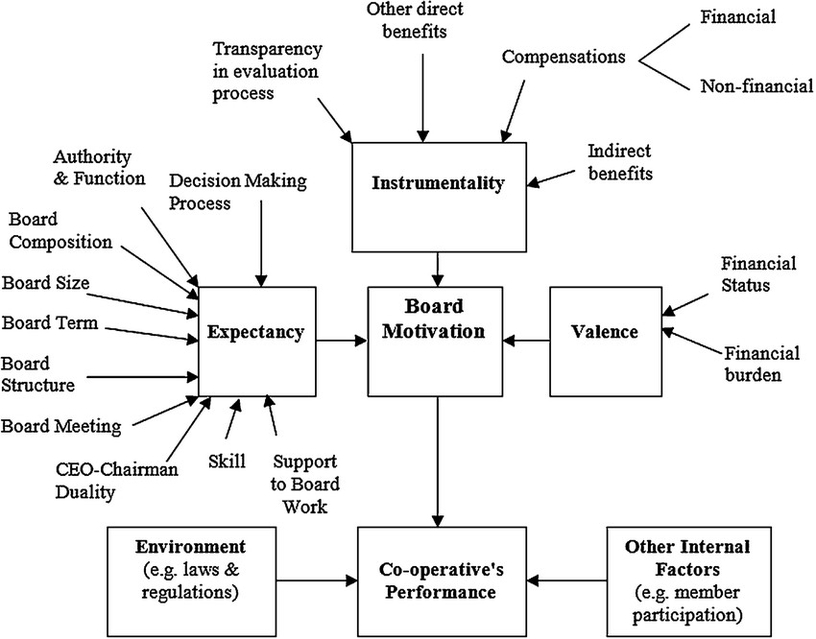
Analytical Framework is a qualitative research method that involves organizing and analyzing data using a predefined analytical framework. The analytical framework is a set of predetermined themes or categories that are derived from the research questions or objectives. The framework provides a structured approach to data analysis and can help to identify patterns, themes, and relationships in the data. Here are the general steps in Framework Analysis:
1. Familiarization: Get familiar with the data by reading and re-reading it.
2. Identify a Coding Framework: Identify a coding framework or set of themes that will be used to analyze the data.
3. Coding: Code the data by applying the coding framework to the data. This involves breaking down the data into smaller units and assigning each unit to a particular theme or category.
4. Charting: Chart or summarize the data by creating tables or matrices that display the distribution and frequency of each theme or category across the data set.
5. Mapping and interpretation: Analyze the data by examining the relationship between different themes or categories, and by exploring the implications and meanings of the findings in relation to the research question.
6. Verification: Verify the accuracy and validity of the findings by checking them against the original data, comparing them with other sources of data, and seeking feedback from others.
7. Reporting: Report the findings by presenting them in a clear, concise, and organized manner. This involves summarizing the key themes, presenting supporting evidence, and providing interpretations and recommendations based on the findings .
